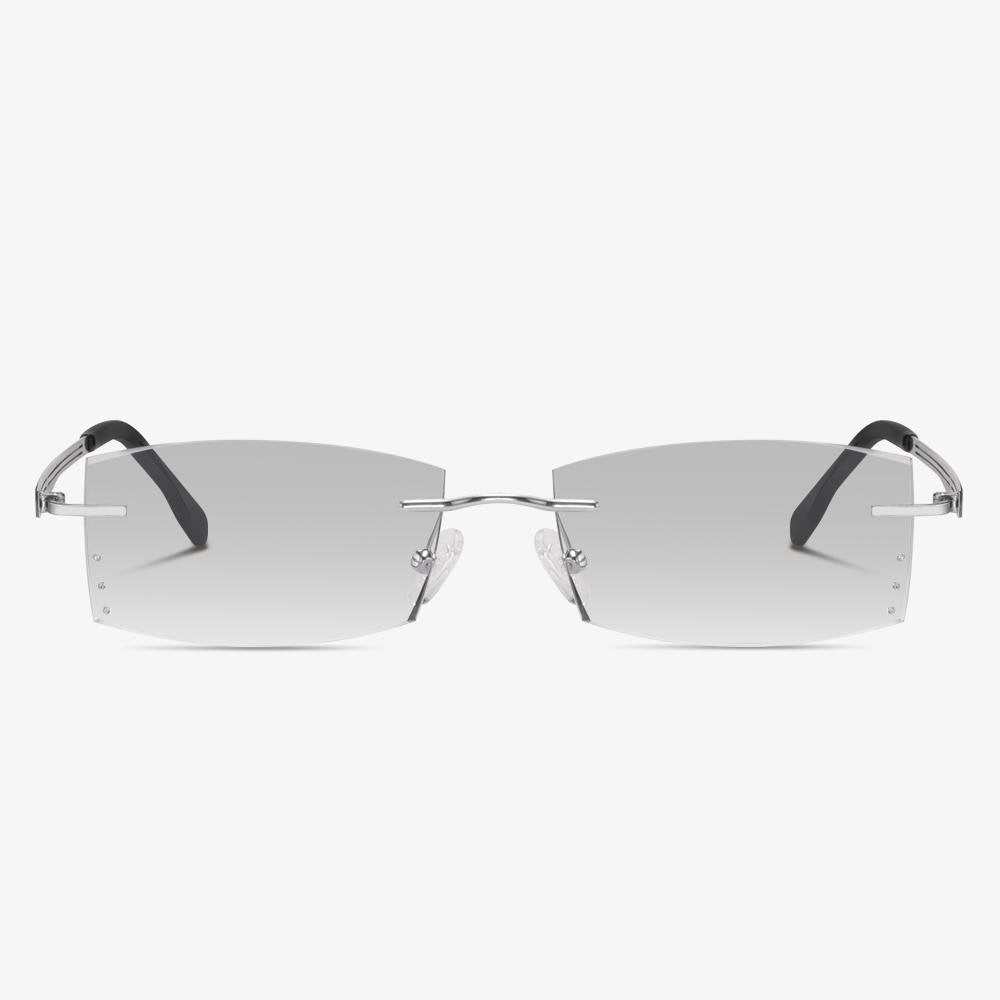Do night driving glasses really work?
Yellow lenses reduce the amount of light entering your eye, reducing visibility. These darker colors block more blue light than yellow lenses. But they block more light from entering the eye, reducing visibility even more in low-light conditions. In fact, even yellow lenses reduce overall visible light to some extent because they block some blue light. This can be a good thing during the day, but not at night, when maximum visibility is key. Night driving glasses come in a variety of yellow and amber colors. The darkest lenses filter out the harshest light, but they filter out the largest amount of light, making it difficult to see in dim or dark conditions. Some people who wear night driving glasses say they can see better with them on. However, vision tests have shown that night driving glasses do not improve night vision, nor do they help drivers see pedestrians any faster than they would without glasses.
Roger Bacon
One of the first people credited with inventing glasses was an English friar in the 13th century, Roger Bacon. In his Opus Majus (c. 1266), he outlined the scientific principles of the use of corrective lenses. Some writers believed that monks or friars possessed secret knowledge about glasses, which they later disseminated around the world. Most famously, William Molyneux wrote in his Dioptrica Nova (1692). Unfortunately, there is no evidence that Bacon ever applied his theoretical knowledge of perspective (optics).
What is a progressive lens?
A progressive lens is a lens whose upper sides are used to see far, and the lower side is used to see near. The distance from the fixed distance power above the lens to the near power fixed below the lens does not change suddenly, but a gradual transition between the two through the gradual change in refractive power.
Standard progressive lenses are multifocal lenses with three observation areas, farsightedness, intermediate vision, and nearsightedness. Unlike bifocals, there are no visible lines between each viewing area. They have a seamless, invisible design, where the optical power changes 'gradually' throughout the lens. Many people confuse 'bifocal' or 'trifocal' with 'progressive' but remember that bifocals and trifocals have visible lines in the lens, while progressive lenses do not. Because progressive lenses have no lines in the lens, they are more popular multifocal lenses than bifocal lenses. However, is progressive lens good for eyes?
How to do with it?
Wash your glasses once a week to avoid future accumulation. Remove the green goo with a soft cloth, a cotton swab, some mild dishwashing liquid, alcohol, and a soft-bristled toothbrush. Ultrasonic cleaning machines can remove dirt and green mud because vibration can do with micro-mud. This device is available in most optician stores, so you can have your glasses cleaned there. Just like anything we use, glasses need to be replaced. It is recommended that you replace the nasal pad with a new one every 6 months to keep it sanitary.
Can you wear blue light glasses while driving?
The damage of blue light has a cumulative effect. The longer the exposure time is, the more serious the damage of retinal cells will be, which will eventually lead to irreversible damage of the structure and function of the retina. Once the retina has permanent damage, degeneration will directly affect the metabolism and function of photoreceptor cells, resulting in vision loss. It depends on the glasses you're wearing. The function of anti-blue light glasses depends on the material of the glasses. Some blue light glasses have a special anti-reflective coating, which can reduce glare. These glasses are definitely helpful when driving at night.
Where to Buy Bifocal Glasses?
However, if you want to get a pair of bifocal glasses, you can purchase them from Koalaeye Optical. Koalaeye Optical is an online optical store and provides all kinds of glasses, sunglasses and frames, such as blue light blocking glasses, wrap around glasses, progressive glasses, polarized sunglasses, and so on. So, if you need a pair of bifocal glasses, try Koalaeye glasses.
How To Choose Better Night Driving Glasses?
Driving at night has a high accident rate because of poor visibility, blinding headlights, and fatigue. Now the market exists a few main glasses: sunglasses polarizing lenses, Glasses that use or mimic the first generation of patented technology. So how do you compare the options between driving and wearing glasses?
Night driving lens is relatively special compared with daily driving lens, not only to prevent strong light and see the road more clearly. According to the national motor vehicle driver special glasses standards, QBT 2659-2004 daily light transmittance should be more than 8%, night light transmittance should be more than 75%. Be sure to consult customer service. Ask about the situation. Note that a pair of polarized sunglasses are not suitable for use at night, and the light transmittance must reach the national safety standards.











































